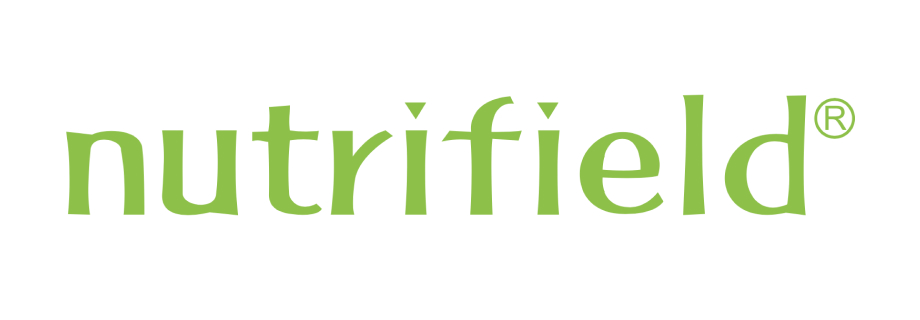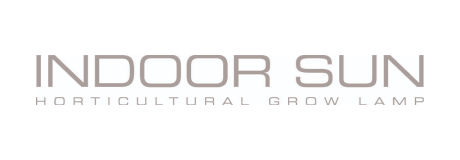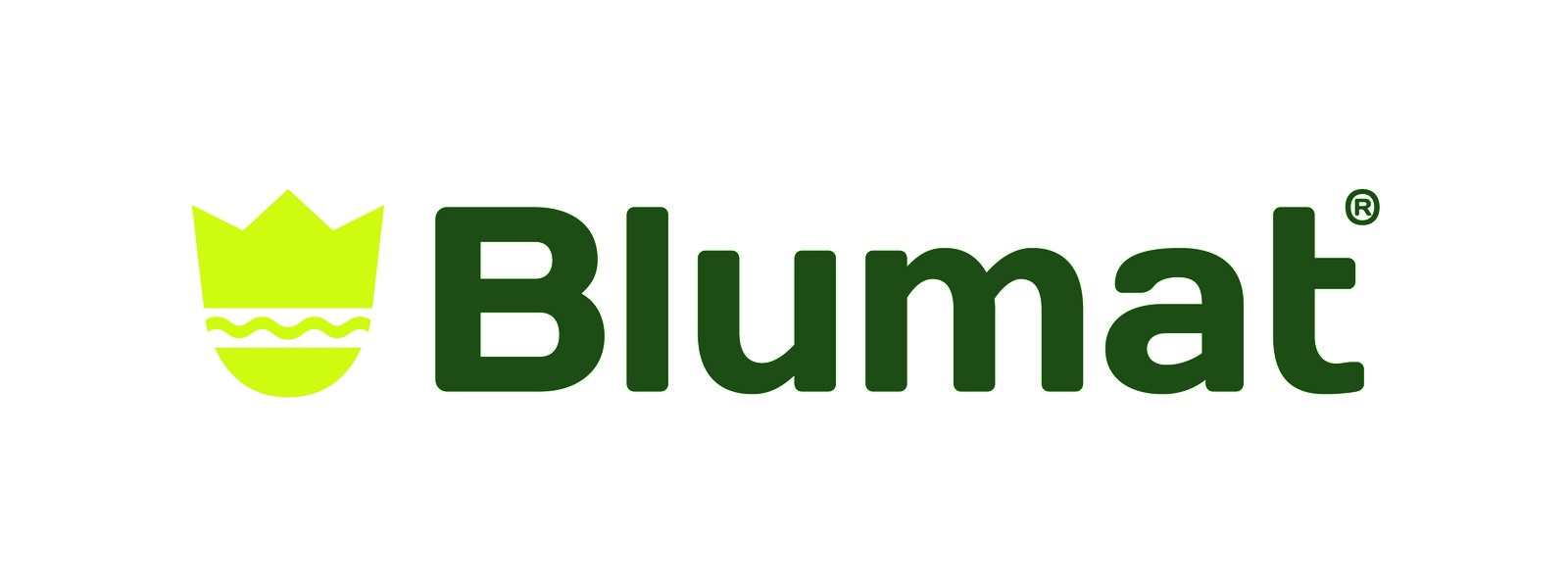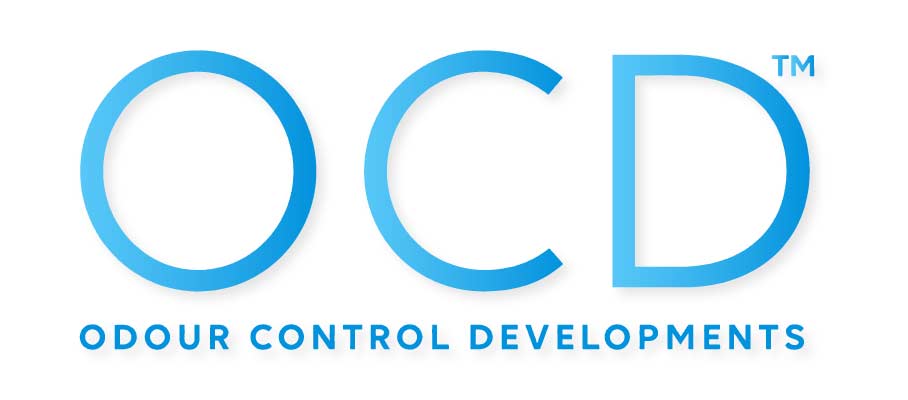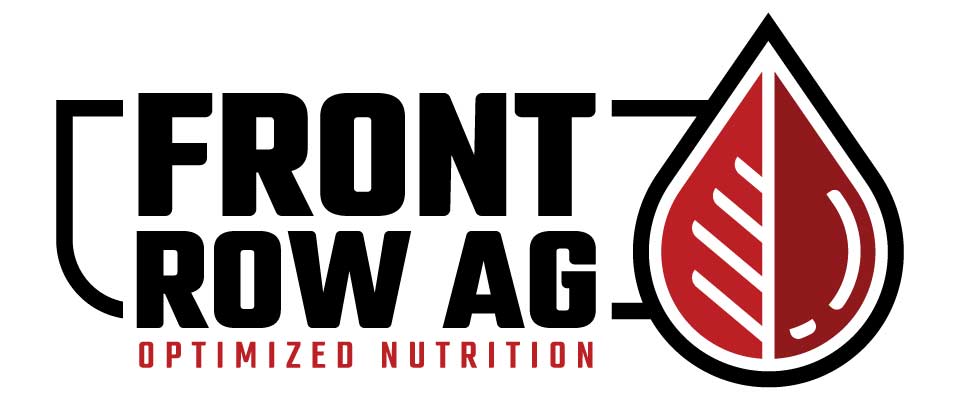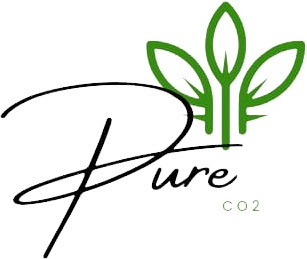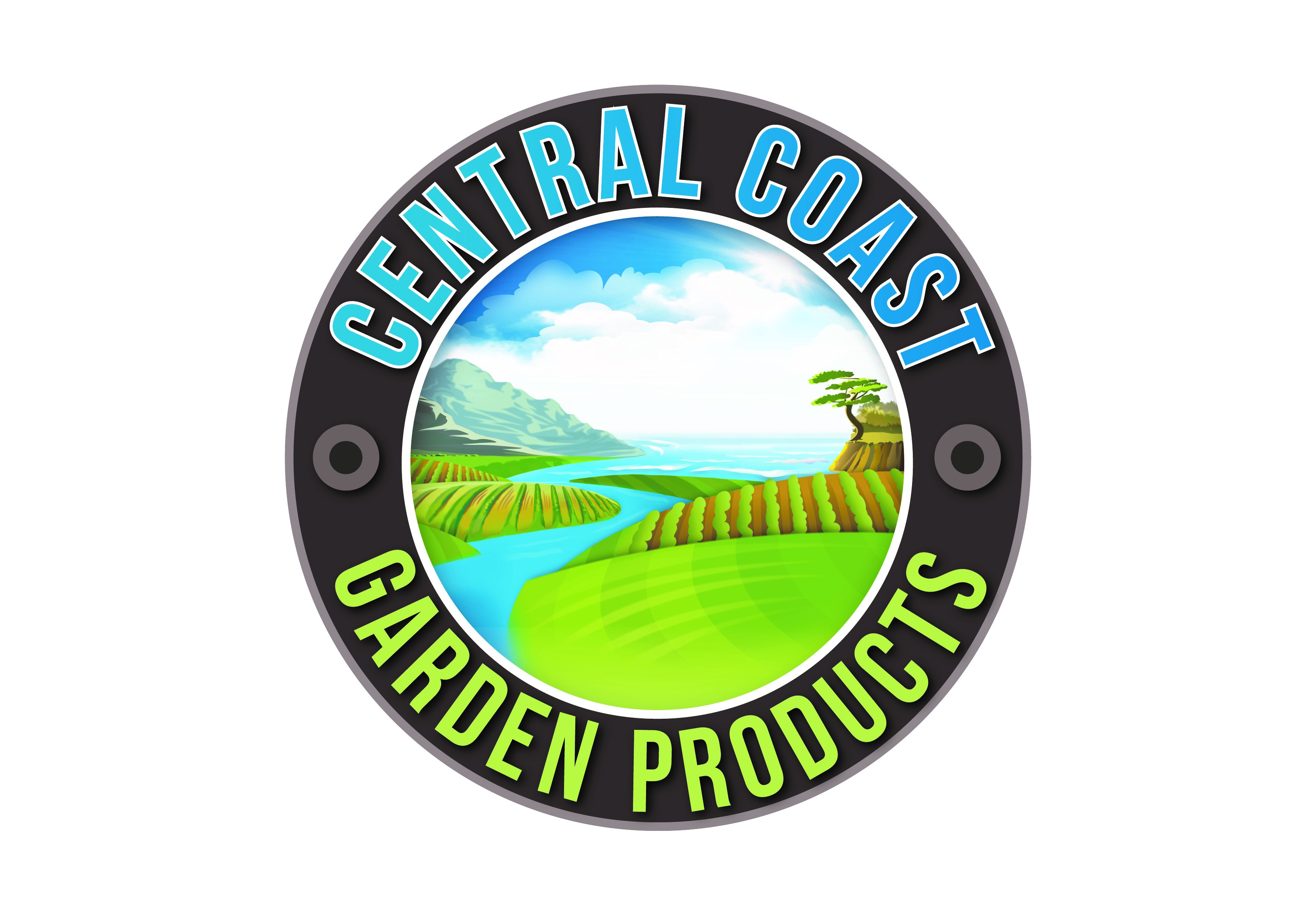What The Pot?
With the way the hydroponics industry is growing, and our desire to be more sustainable, the new revolution of pots has begun. Air Pots and Fabric Pots are firmly cementing their place as the new favourite, but don’t forget about old reliable, sturdy plastic pots. Each type has its pros and cons, and each has its place in Hydroponics. Deciding which one to use is up to you, but hopefully, we can make your decision a little easier.
Air Pots:
An Air-Pot is a plastic container with small holes on the side; it looks like a rolled-up egg carton with holes. They clip together with a base piece, making them easy to store flat when you aren’t using them. Air Pots are taller and thinner than standard pots, allowing you to fit a few more plants into your grow area.
Pros:
- More oxygen is delivered to the roots meaning a healthier root zone.
- Air Pots help prevent plants from becoming root bound. Their unique shape guides each root towards an air hole; the air dehydrates the root tip, prunes it and stimulates root branching. This process repeats itself until there is a mass of healthy fibrous roots.
- Air Pots are sustainable and can be used repeatedly. Air-Pot brand Air Pots are constructed from recycled plastic containers – making them the most sustainable choice for environmentally conscious gardeners.
- Plants can grow faster in Air Pots because of the accelerated root growth.
- Air Pots make it harder to overwater your plants, eliminating root rot and other deficiencies that come with a sodden medium.
Cons:
- While the porous design helps to prevent overwatering, it also means you need to water your plants more frequently. We recommend getting a size larger than you usually would so it can hold more water.
- Larger, top-heavy plants can tip over in Air Pots due to their narrow design.
Fabric Pots:
Fabric Pots, also known as Smart Pots, are made from a stiff fabric. They are broader than a standard pot, which makes them suitable for height-restricted areas.
Pros:
- The wide base of the fabric pot allows you to grow bigger plants, including top-heavy types like tomatoes and bougainvillea.
- More oxygen is delivered to the root zone in a fabric pot through the breathable sides.
- Air pruning is also carried out through the breathable sides.
- Fabric pots make it harder to overwater your plants, eliminating root rot and other issues that can arise from the wet medium.
- Plants can grow faster in fabric pots because of the accelerated root growth.
- You can reuse fabric pots a few times; they will need to be replaced eventually.
- They are available in several different sizes and types. Be sure to get yourself ones with handles as they are easier to move.
Cons:
- The breathable fabric seeps out water, and fabric pots do not come with trays. Sometimes finding a tray to fit can be tricky.
- As a result of the breathable fabric preventing overwatering, you will need to water your plants more often.
Plastic Pots:
These pots are made from sturdy high-grade plastic and will last – depending on how you look after them.
Pros:
- They can be reused time and time again – simply clean them between use.
- Plants grown in standard plastic pots tend to require less attention – they don’t dry out as quickly, so you don’t need to water them as often.
- Available in various sizes and shapes, most of which come with a tray to catch water overflow.
- Sturdier and can support heavier plants than Air Pots.
Cons:
- Plants can become root-bound if the pot is not big enough. Root-bound plants can experience nutrient deficiencies and other issues.
- It is easier to overwater your plants in a standard pot as they aren’t breathable like the others, and over-watering can lead to root rot, amongst other things.
Whatever pot you choose, happy gardening!



